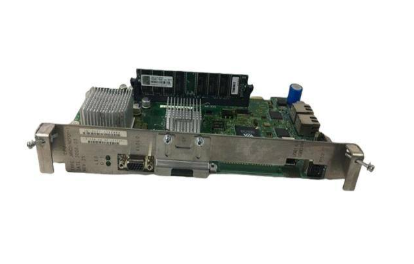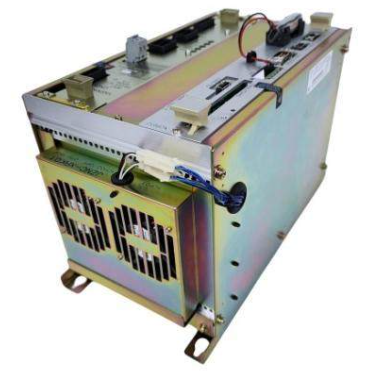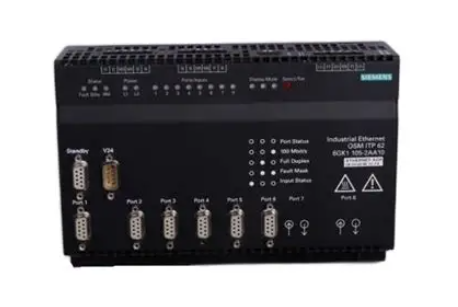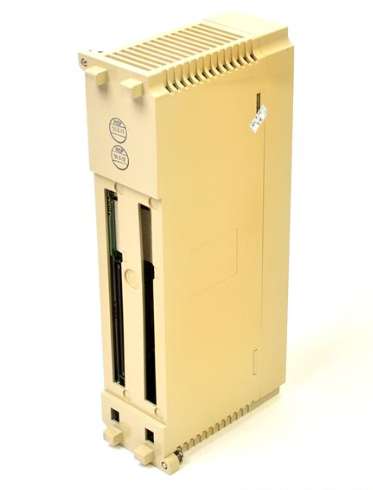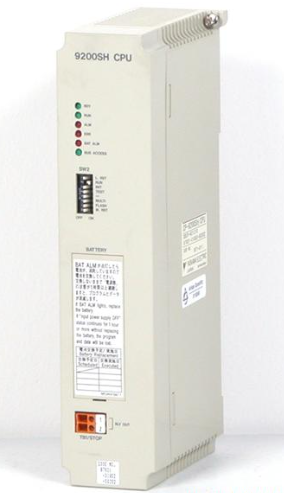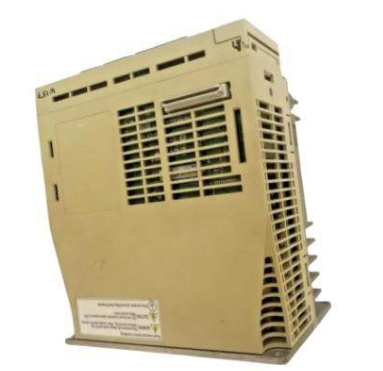ABB AC 800M PROFIBUS DP System
Intrinsically safe: The design is based on the FISCO (Fieldbus Intrinsically Safe Concept) model, which is based on a number of prerequisites to ensure intrinsic safety. For example, only one active source (usually a link device) is allowed on the bus segment, the other components are passive current absorbers; the basic current consumption of the bus station is at least 10 mA; specific voltage, current and power relationships are met, as well as capacitance and inductance limits.
Device connection and power supply: PROFIBUS PA devices are mostly connected to the network by means of multibarries or T-junctions; the branch lines can be connected directly to the connector blocks inside the device, or M12 plugs are used. The power supply of the devices is realised via the bus. In intrinsically safe applications, there are limits on the supply voltage and current, e.g. 100mA in hazardous areas and 400mA in non-hazardous areas.
Data communication: The format of the data telegrams is similar to asynchronous RS-485 transmission, but the transmission of the MBP segments is bit-synchronous and the telegrams are supplemented with a leading code and start and end delimiters. Data security is achieved by parity and block checking with a Hamming distance HD = 4 and up to three errors can be detected.
Network limitations: up to 32 devices per network segment, but the actual number is limited by the type of protection and bus power. The maximum line length of the network can be up to 1900 m in non-intrinsically safe areas and 1000 m in intrinsically safe areas, depending on the power consumption of the devices and the type of cable selected.

- EMERSON
- Honeywell
- CTI
- Rolls-Royce
- General Electric
- Woodward
- Yaskawa
- xYCOM
- Motorola
- Siemens
- Rockwell
- ABB
- B&R
- HIMA
- Construction site
- electricity
- Automobile market
- PLC
- DCS
- Motor drivers
- VSD
- Implications
- cement
- CO2
- CEM
- methane
- Artificial intelligence
- Titanic
- Solar energy
- Hydrogen fuel cell
- Hydrogen and fuel cells
- Hydrogen and oxygen fuel cells
- tyre
- Chemical fiber
- dynamo
- corpuscle
- Pulp and paper
- printing
- fossil
- FANUC
- Food and beverage
- Life science
- Sewage treatment
- Personal care
- electricity
- boats
- infrastructure
- Automobile industry
- metallurgy
- Nuclear power generation
- Geothermal power generation
- Water and wastewater
- Infrastructure construction
- Mine hazard
- steel
- papermaking
- Natural gas industry
- Infrastructure construction
- Power and energy
- Rubber and plastic
- Renewable energy
- pharmacy
- mining
- Plastic industry
- Schneider
- Kongsberg
- NI
- Wind energy
- International petroleum
- International new energy network
- gas
- WATLOW
- ProSoft
- SEW
- wind
- ADVANCED
- Reliance
- YOKOGAWA
- TRICONEX
- FOXBORO
- METSO
- MAN
- Advantest
- ADVANCED
- ALSTOM
- Control Wave
- AB
- AMAT
- STUDER
- KONGSBERG
- MOTOROLA
- DANAHER MOTION
- Bently
- Galil
- EATON
- MOLEX
- Triconex
- DEIF
- B&W
- ZYGO
- Aerotech
- DANFOSS
- KOLLMORGEN
- Beijer
- Endress+Hauser
- MOOG
- KB
- Moxa
- Rexroth
- YAMAHA
- Johnson
- Westinghouse
- WAGO
- TOSHIBA
- TEKTRONIX
- BENDER
- BMCM
- SMC


Email:wang@kongjiangauto.com

